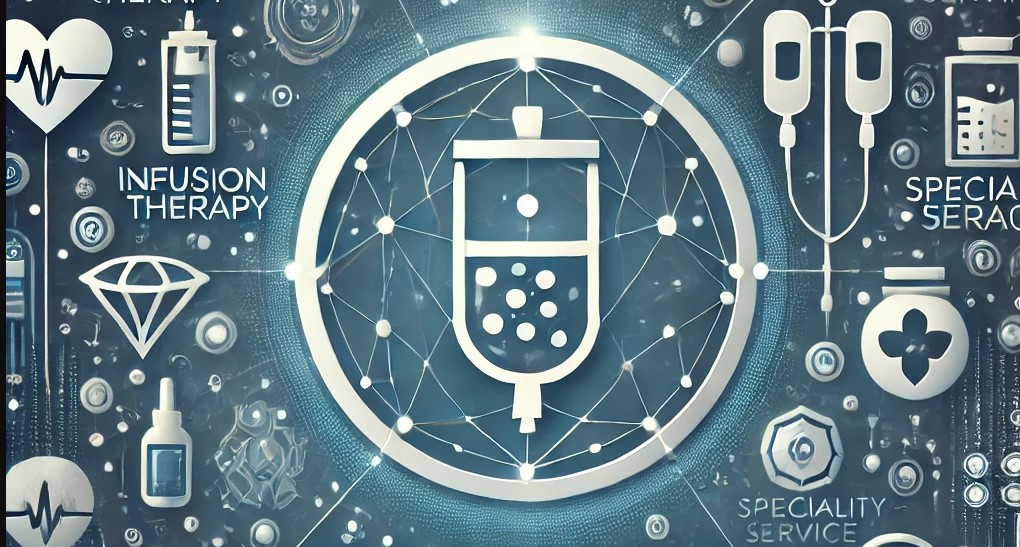Apple announced a significant update to its visionOS at the Worldwide Developers Conference (WWDC) 2024, held on June 10. Among the highlights was the introduction of a new capability allowing users to convert existing 2D images into spatial photos. This development aims to boost content creation for Apple’s Vision Pro headset, which has seen a slow uptake since its launch last year.
Enhanced Content Creation with Machine Learning
Apple’s new feature leverages machine learning to add depth to traditional images, creating a more immersive visual experience. This advancement marks a departure from the previous requirement where spatial photos needed to be captured using the depth cameras of the iPhone 15 Pro or directly through the Vision Pro headset. Now, users can repurpose older photos taken on earlier devices, broadening the scope of content available for the mixed reality platform.
Why This Matters
This update is a strategic move by Apple to invigorate its mixed reality ecosystem. By making it easier to generate spatial photos, Apple is encouraging more users to engage with and contribute to the Vision Pro platform. This could potentially accelerate the adoption of the headset, which has had a tepid market response since its debut.
Broader Market Availability
In addition to the new spatial photo feature, Apple revealed that the Vision Pro headset will be available in several new international markets. Initially launched exclusively in the U.S., this expansion is expected to widen the user base and generate more interest and usage of the device globally.
Addressing Mixed Reality’s Slow Start
Despite the initial excitement around the Vision Pro, Apple’s foray into mixed reality has faced challenges. The headset, while technologically advanced, has struggled to gain widespread traction. Factors contributing to this include its high price point and the limited availability of content optimized for the platform.
The Efficacy of Machine-Generated Spatial Photos
While the new feature offers exciting possibilities, there are questions about the quality and accuracy of machine-generated spatial photos. Depth cameras in devices like the iPhone 15 Pro capture detailed spatial information, resulting in high-fidelity spatial photos. In contrast, machine-generated spatial photos, created from standard 2D images, may not match this level of detail and realism.
Potential and Limitations
From my point of view, this feature is a double-edged sword. On one hand, it democratizes the creation of spatial photos, making it accessible to a broader audience. This could lead to a richer and more diverse content ecosystem. On the other hand, the quality of these machine-generated images may not satisfy all users, particularly those accustomed to the precision offered by depth cameras.
Future Implications
Looking ahead, the success of this feature will hinge on user reception and the technological advancements in machine learning algorithms. If Apple can refine this technology to produce high-quality spatial photos consistently, it could set a new standard in the mixed reality space.
A Step Forward
As I see it, Apple’s introduction of this spatial photo feature in visionOS 2 is a bold step towards making mixed reality more accessible and appealing. It reflects Apple’s commitment to innovation and its ability to adapt to market needs. The expansion of Vision Pro to new markets also shows Apple’s strategic push to establish a global presence in the mixed reality domain.
In conclusion, while the efficacy of machine-generated spatial photos remains to be seen, this update signifies a promising advancement for visionOS. It could play a crucial role in shaping the future of content creation in mixed reality, fostering greater engagement and potentially driving the adoption of the Vision Pro headset worldwide.






